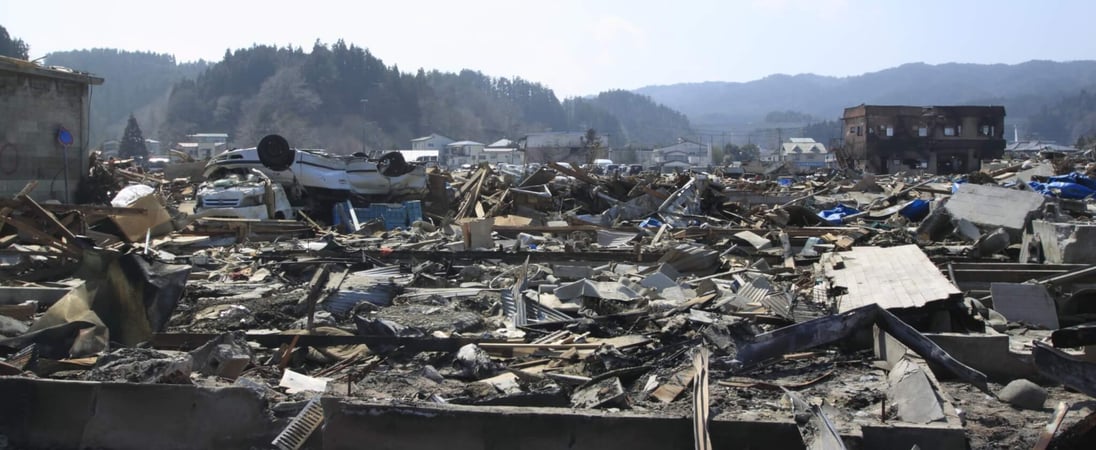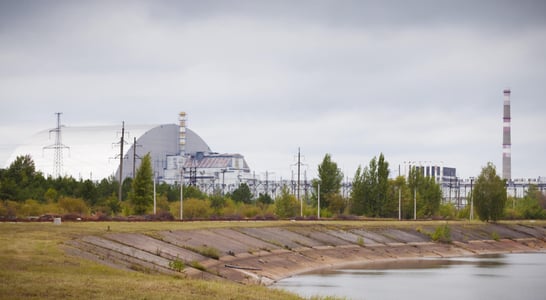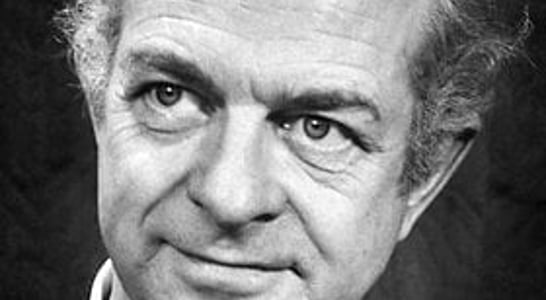
National Richter Scale Day
Learn about the history of Earthquakes, and how the Richter Scale measures them, or host an earthquake-themed movie party with friends or family.
If there’s ever a day to hold onto hats, double-test foundations and keep an ear out for rumblings deep within the Earth, it’s National Richter Scale Day!
This occasion acts as an acknowledgement and celebration of the birthday of the man who taught the world how to measure the magnitude and impacts of earthquakes: Charles F. Richter.
How to Celebrate National Richter Scale Day
Shake things up a bit when celebrating National Richter Scale Day! Have fun showing appreciation for this day with a variety of plans and ideas, including some of these:
Host a National Richter Scale Day Gathering
Some people celebrate by getting together with a bunch of friends to watch their favorite disaster films. A variety of movies can be enjoyed in honor of this day, including titles like 1974’s Earthquake, 1999’s Aftershock: Earthquake in New York and 2003’s The Core, which are all popular choices among earthquake fans.
At this National Richter Scale Day party, don’t forget to include some snacks that connect with the theme of earthquakes. Get creative by making some Chocolate Crack Cookies or Maple Bacon Crack snacks. Or make some sugar cookies decorated like the planet earth, but with a large “crack” down the middle!
Create a Richter Scale Day Playlist
To make the gathering even more festive, perhaps create a fun playlist that will help with the celebration. Songs like:
- Little Earthquakes by Tori Amos (1992)
- Going to California by Led Zeppelin (1971)
- Shake Shake Shake by Tom Knight (2003)
History of National Richter Scale Day
An earthquake can easily be defined as an intense shaking of the surface of the earth, but anyone who has lived through one can know that it is way more than that!
The quaking of the earth’s surface is caused by changing and shifting in the tectonic plates that lie just below the surface of the planet. Too much shifting and changing can lead to cracks, or faults, in the earth’s surface that then become susceptible to movement and earthquakes.
Certain geographical areas are more likely to experience earthquakes, particularly those places that lie along the rim of the Pacific Ocean. Because of this, as well as volcanic activity, the area has become known as the “Ring of Fire”.
Up until the early 20th century, scientists didn’t have any legitimate way to measure the size and impact of an earthquake. That is, until Charles F. Richter came up with a way to measure seismic waves.
Born in 1900, this American earthquake obsessive (technically known as a ‘seismologist’) came up with his Richter Scale in 1935 while he was at the California Institute of Technology. Since then, the world has been able to use this information to accurately compare various earthquakes and investigate their relative power for destruction.
National Richter Scale Day offers an excellent opportunity to show appreciation for and celebrate not only Mr. Richter and his important scientific work, but also to pay honor to all scientists and their vital work.
Learn More About Earthquakes
One important way to observe National Richter Scale Day might be to brush up on information about earthquakes. If it’s been awhile since studying natural disasters in science class, this would be a great time to learn, or re-learn, some interesting facts and bits of trivia regarding this interesting phenomenon that takes place underground.
-
The twentieth century’s largest happened in Chile on 22 May 1960, measuring a magnitude of 9.5. The largest in the US was in Alaska in 1967, meeting 9.2 on the Richter scale.
-
Up to half a million detectable earthquakes take place every year – many of them are too small to feel.
-
In myths from Japanese culture, the cause of earthquakes came from giant catfish.
-
The hypocenter of an earthquake is the place beneath the surface of the earth where the beginning of the rupture of the fault is located.
National Richter Scale Day FAQs
Did Charles Richter have any unexpected hobbies?
Charles Richter practiced nudism. He and his wife were active members of a nudist colony. This surprising detail reflects his unique personality, blending an interest in science with a less conventional lifestyle.
How did earthquakes shape ancient civilizations?
The Incas developed quake-resistant architecture with tightly interlocking stones that could move slightly during tremors.
Their engineering helped structures like Machu Picchu survive centuries of seismic activity. These innovations show how societies adapted to their environments to preserve their cities.
What role do earthquakes play in Japanese folklore?
Japanese myths describe a giant catfish, Namazu, thrashing beneath the earth and causing earthquakes.
Stone markers, called Namazu-e, were sometimes used to appease the catfish. These stories highlight how people turned to myths to explain natural disasters.
What’s the smallest earthquake humans can’t feel?
Seismometers detect earthquakes as small as magnitude -3.0, often caused by human activities like mining. These “microquakes” are invisible to humans but provide researchers valuable data about underground shifts.
Why do some earthquakes last much longer than others?
Earthquake duration depends on the fault length. Longer faults, like the San Andreas Fault, can release energy over several minutes. Shorter faults cause quicker but intense shakes, explaining variations in quake experiences.
What are some quirky ways to celebrate National Richter Scale Day?
Host an earthquake-themed trivia night with questions about famous quakes or create fault line-inspired desserts like cracked cookies. These activities are both fun and educational, making the day memorable.
What’s the connection between earthquakes and modern art?
Some artists, like Andy Goldsworthy, use earthquake-inspired designs in sculptures, mimicking fault lines or cracked earth. This creative representation transforms seismic events into thought-provoking art.
Are there other earthquake-related observances worldwide?
In Japan, Disaster Prevention Day on September 1 honors victims of the 1923 Great Kanto Earthquake. Schools and communities practice evacuation drills and raise awareness about preparedness.
How do animals behave before earthquakes?
Animals often sense early seismic vibrations. Dogs may bark excessively, fish leap from water, and birds fly erratically. These changes suggest heightened sensitivity to underground shifts humans can’t detect.
What inspired Charles Richter’s focus on public safety?
Richter believed knowledge could save lives. He strongly advocated for earthquake-resistant buildings and public education about seismic safety.
His passion for preparation made him a pioneer in applying science for public good.
Also on ...
View all holidaysInternational Chernobyl Disaster Remembrance Day
One of the most devastating disasters in human history, International Chernobyl Remembrance Day recalls the suffering and pain still happening from the fallout.
National Pretzel Day
Warm, soft, and oh-so-tasty, take this excuse to visit a pretzel stand or shop and try a classic pretzel, or a new flavor like cinnamon or honey-mustard.
Alien Day
Host a movie marathon, read a graphic novel, or break out the Alien video games to honor Ridley Scott’s iconic and beloved science fiction franchise.
We think you may also like...
National Aviation Day
Celebrate flight pioneer Orville Wright’s birthday on National Aviation Day by learning about the history of flight, making paper airplanes, or learning to fly yourself.








